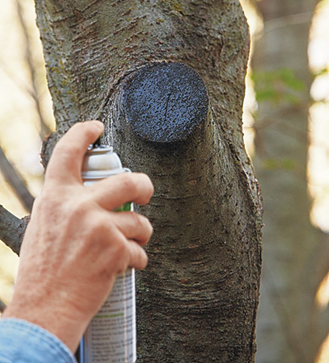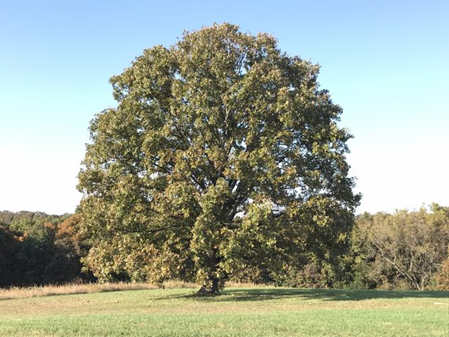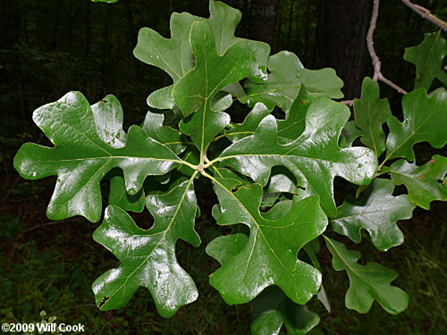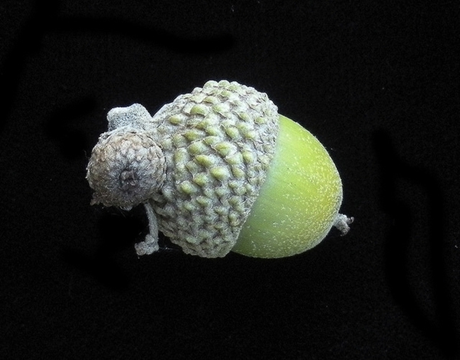Do you have a Sweetgum tree? If you do, you are likely familiar with the discomfort caused by their spiky fruit scattered across your yard. Take a look at our video on Sweetgum trees, which addresses common questions we receive about them.
Should you use a pruning sealer?

Humans use band-aids on wounds, so it makes sense we could do something similar for trees, right?
Many of you have probably heard of paint-on or spray-on sealers for freshly pruned tree wounds. Recommended by industry professionals, this was once a common practice. While this seemed like a good idea in theory, as research has progressed, the industry has gained a better understanding of how trees naturally function.
It is now recommended to NOT paint or seal your pruning cuts with these products. Rather, the tree should be left to heal through its own devices after you prune it. Yes, you read that correctly-trees have a natural ability to seal over wounds. What we’ve found over time is that pruning sealers actually hinder a tree’s natural ability to seal itself. In addition to this, black sealers absorb heat, damaging cells, and sealers can trap moisture, causing decay, the very thing we are trying to avoid!
According to Alex Shigo, a pioneer in research for the arboriculture industry, trees have natural barriers of defense against decay. In layman’s terms, trees don’t heal, they seal. If proper cuts are made (small cuts in the right location), the tree will seal over the wound with new wood growth, completely covering the open wound over time which prevents the invasion of pathogens or bugs.
In this case, it is better to leave it to nature and allow the tree to seal over pruning wounds by itself. If you have further questions about pruning and how to best care for your trees, give us a call.
Tree ID trivia: Name this tree:



Did you guess correctly? You can find the answer on the Missouri Department of Conservation’s website!

